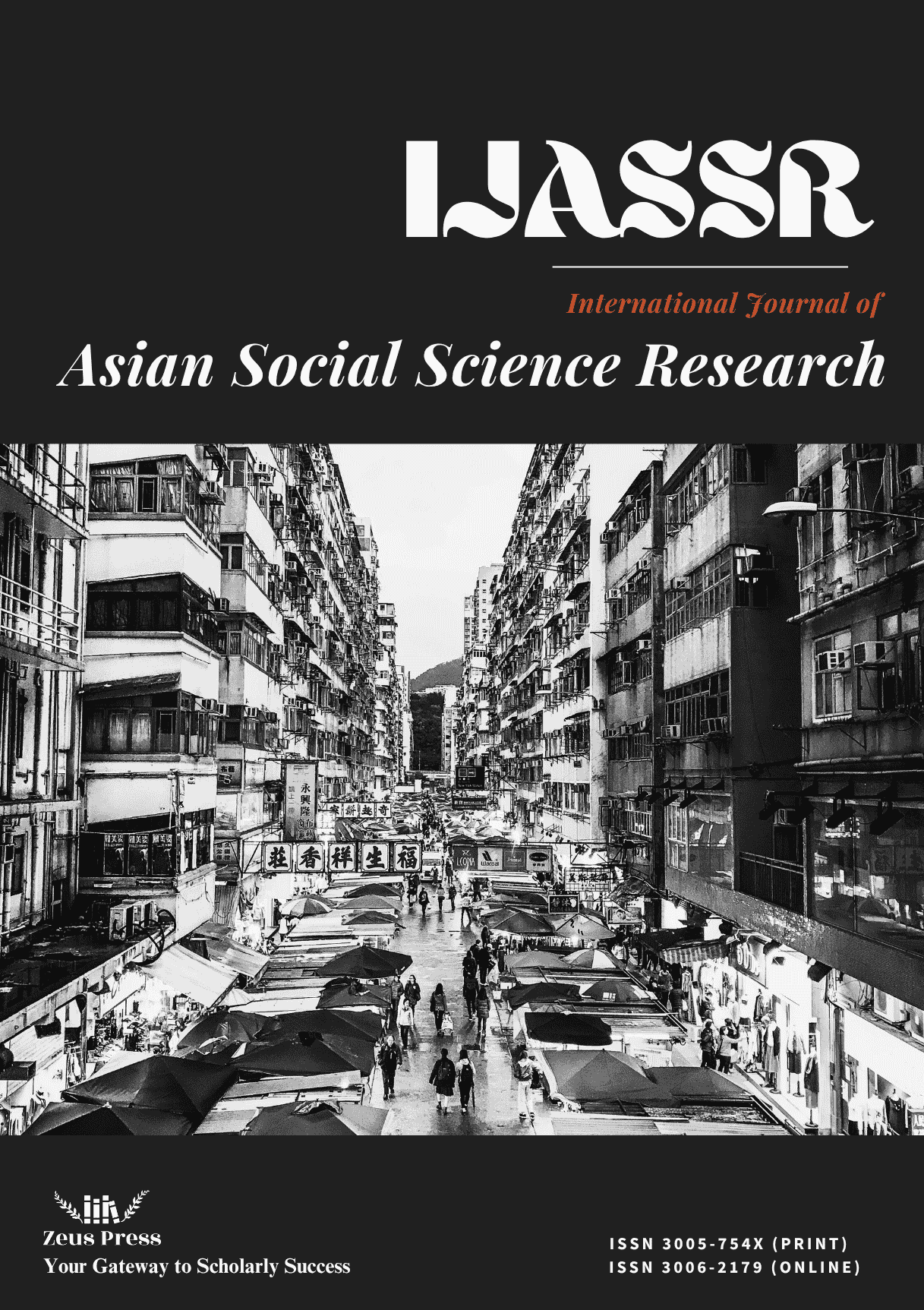A Study on the Application of AI in Elderly Citizen Healthcare in Foreign Countries and its Relevance for China
Main Article Content
Keywords
AI, healthcare, elderly citizens
Abstract
The rapid development of artificial intelligence (AI) has spurred the emergence of “AI + healthcare for elderly individuals,” with developed nations such as the U.S., Japan, and Singapore leading in smart aging initiatives through technologies such as robotics, IoT, and big data. However, China faces significant challenges in elderly care because of its large aging population (280 million aged 60+ in 2022) and severe shortage of professional caregivers. This study examines global AI applications in elderly healthcare—including daily assistance, chronic disease monitoring, and smart home systems—while highlighting technological limitations, cybersecurity risks, and ethical concerns. The findings suggest that AI can alleviate China’s elderly care crisis by adopting intelligent care robots, predictive health analytics, and assistive devices, although challenges remain in technology integration, privacy protection, and regulatory frameworks. The study concludes that while China’s smart aging market holds promise, sustained progress requires technological innovation, policy support, and cross-sector collaboration to address ethical and operational barriers.
References
- Carbonaro, G., Leanza, E., McCann, P., & Medda, F. (2018). Demographic decline, population aging, and modern financial approaches to urban policy. International Regional Science Review, 41(2), 210-232. https://doi.org/10.1177/0160017616675916
- Lele, A. (2019). Disarmament, arms control and arms race. In A. Lele (Ed.), Disruptive technologies for the militaries and security (Vol. 132, pp. 217-229). Springer. https://doi.org/10.1007/978-981-13-3384-2_14
- Padhan, S., Mohapatra, A., Ramasamy, S. K., & Agrawal, S. (2023). Artificial intelligence (AI) and robotics in elderly healthcare: Enabling independence and quality of life. Cureus, 15(8), Article e42905. https://doi.org/10.7759/CUREUS.42905
- Si, J. (2019, May 8). These rules could save humanity from the threat of rogue AI. World Economic Forum. https://www.weforum.org/agenda/2019/05/these-rules-could-save-humanity-from-the-threat-of-rogue-ai/
- Singareddy, S., Sn, V. P., Jaramillo, A. P., Yasir, M., Iyer, N., Hussein, S., & Nath, T. S. (2023). Artificial intelligence and its role in the management of chronic medical conditions: A systematic review. Cureus, 15(9), Article e46066. https://doi.org/10.7759/CUREUS.46066
- Sullivan, J. K., Jung, J., Chen, M., Honsky, J., & Demko, C. A. (2024). Development of a needs assessment for low-income seniors in cleveland Ohio: A student-driven interprofessional approach. Journal of Community Health, 49(2), 314-323. https://doi.org/10.1007/S10900-023-01298-2
- Taeihagh, A. (2021). Governance of artificial intelligence. Policy and Society, 40(2), 137-157. https://doi.org/10.1080/14494035.2021.1928377
- Tan, S. Y., & Taeihagh, A. (2021). Governing the adoption of robotics and autonomous systems in long-term care in Singapore. Policy and Society, 40(2), 211-231. https://doi.org/10.1080/14494035.2020.1782627
- Tong, Y., Liu, H., & Zhang, Z. (2024). Advancements in humanoid robots: A comprehensive review and future prospects. IEEE/CAA Journal of Automatica Sinica, 11(2), 301-328. https://doi.org/10.1109/JAS.2023.124140
- Yang, S., Liu, L., Wang, C., Lo, K., & Wang, D. (2023). Elderly people’s preferences for healthcare facilities in Shanghai: Gender features and influencing factor analysis. BMC Public Health, 23(1), 356-356. https://doi.org/10.1186/S12889-023-15279-6
- Zhang, X., & and Oyama, T. (2016). Investigating the health care delivery system in Japan and reviewing the local public hospital reform. Risk Management and Healthcare Policy, 9, 21-32. https://doi.org/10.2147/RMHP.S93285


